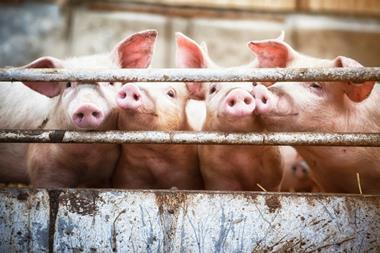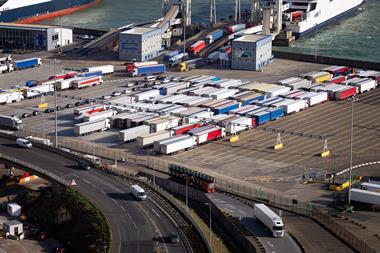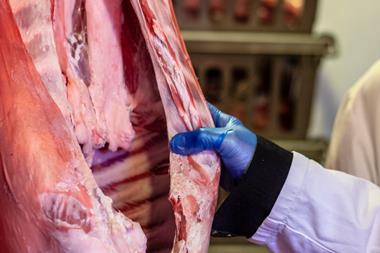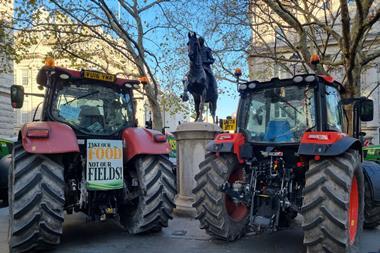At the height of the BSE crisis in the mid-90s The Observer predicted that by 2016 CJD caught from eating BSE-infected beef would be killing half a million Britons every year. National Euthanasia Clinics would be "struggling to help 500 people a week to a dignified death". And the Channel Tunnel would be blocked off by "five miles of French concrete" because the nation would be under quarantine.
A decade on, The Observer's apocalyptic premonitions look somewhat wide of the mark. In 2006 there were three reported cases of CJD, bringing the total confirmed cases to 106 and the FSA predicts that having peaked in 2001, the annual number of incidents will continue to fall. So how did the scientists, the government and the media get it so wrong?
This is the question asked by journalists Christopher Booker and Richard North in a fascinating new book out today. Scared to Death sheds fresh light on some the Britain's worst-ever food scares as well as phenomena such as Y2K and global warming. The sobering message is that the fear stoked by the government and media is usually at total odds with the scale of the actual problem.
It was the Edwina Currie salmonella-in-eggs crisis that established the blueprint for the scares that followed, says Booker in an interview with The Grocer. A scientist got the ball rolling (see right), but it was only when Currie, then a junior health minister, uttered the 20 words "We do warn people now that most of the egg production in this country is now, sadly, infected with salmonella" on ITN news that Britain's first major food scare really escalated.
Egg sales plummeted more than 60% overnight. "Millions of chickens were slaughtered and egg producers went out of business," says Booker. "But probably the biggest disaster was the government's response. It introduced the Food Safety Act in 1990, which gave environmental health officers a wide range of new powers and saw them run riot."
It doesn't help when a government, "having erected a dam of denials", suddenly appears to change its mind. So it was with BSE, which has cost the UK economy about £7bn - making it the most expensive food scare ever seen. Health minister Stephen Dorrell opened a can of worms when he announced in Parliament - on advice from the Spongiform Encephalopathy Advisory Committee - that there was a link between the rise in cases of CJD and exposure to BSE.
This was followed by a chief scientist's blundering appearance on Newsnight during which he was pushed by Jeremy Paxman into estimating as many as 500,000 people could become infected. The true scale of the "epidemic" soon became clear, but by then the damage to the British cattle industry had been done.
Arguably more important than these cases, however, is an incident in Belgium in 1999. The discovery in poultry of potentially carcinogenic dioxins at levels hundreds of times above safe limits prompted the creation of the European Food Safety Authority.
It tur ned out there had been virtually no danger to human health. But, says Booker, "the incident was seized upon by the EU as a wonderful opportunity to take control over all food safety law and is the reason we can no longer make national safety laws in this country".
The moral, he says, is that fairly innocuous incidents can do untold damage and it is important to let the facts get in the way of a good story. "There is no reason for people to go bananas," he says. "Food scares are merely a combination of the stupidity of politicians and the excitability of the media, which sets off hysteria. Unfortunately, this leads to absolute disaster." n


















No comments yet